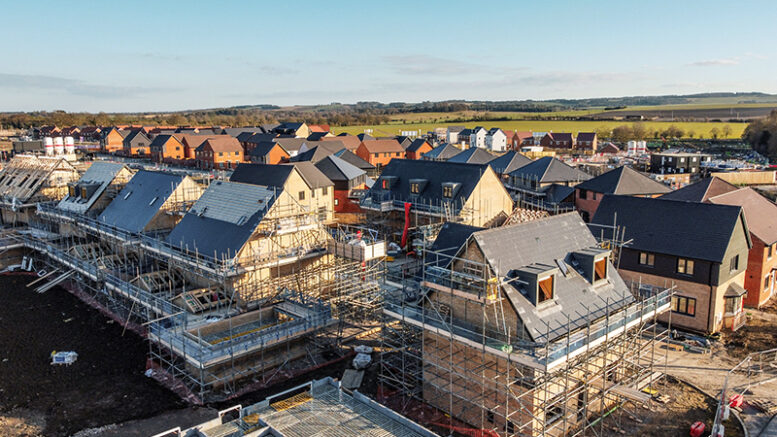Investment in the UK’s Build-to-Rent (BTR) sector has rocketed in the past year, with the first quarter of 2025 alone drawing in an estimated £832 million – a near 50% jump compared to the same period in 2024. The latest figures from property technology firm Property Inspect reveal a sharp rise in completions too, with over 127,000 new BTR homes hitting the market, the highest number ever recorded in a single quarter.
While headlines have focused on planning hurdles and rental regulation, this sector is quietly thriving. More investors are turning to BTR thanks to its scale, long-term stability, and appeal to both councils and tenants seeking well-managed, high-quality homes. For UK landlords looking to future-proof their portfolios, this data should act as a clarion call.
According to Property Inspect’s analysis, the BTR sector brought in £555 million in Q1 2024. Fast forward twelve months, and that figure has soared to £832 million – a year-on-year increase of 49.9%. Over the course of 2024, total annual investment surpassed £5 billion, rising nearly 12% compared to the previous year.
“The BTR sector is rapidly emerging as a focal point of UK property investment,” said Siân Hemming-Metcalfe, Operations Director at Property Inspect. “It is in high demand from tenants and receiving strong support from lenders who see it as a secure investment, and planning committees who see it as a reliable way of increasing the number of good quality rental homes for their communities.”
The BTR boom: what’s driving record completions?
With cash flooding into the sector, the pace of construction has followed suit. In Q1 2025, a record 127,156 BTR units were completed, up 15.8% from 109,847 units in the same quarter last year. This isn’t a flash in the pan either – average annual investment in the sector has grown 14.3% per year over the past five years.
So what’s drawing investors in? Scale and reliability. Unlike traditional buy-to-let (BTL) properties scattered across individual landlords, BTR schemes offer professionally managed blocks or communities with consistent returns, brand appeal, and built-in resilience.
And let’s not forget – tenants love them. From co-living arrangements in city centres to larger suburban schemes with gyms, rooftop lounges, and concierge services, BTR properties often meet lifestyle expectations that older housing stock simply can’t match.
“This BTR revolution, however, presents a challenge for managing agents and property managers,” warned Hemming-Metcalfe. “One of BTR’s key selling points is the higher standard of service and living it provides compared to the wider private rented market. As such, tenants expect high quality and efficiency at all times, from check-in through to check-out.”
A wake-up call for traditional landlords?
While some might worry this spells trouble for private landlords, the opposite could be true. As the rental market evolves, traditional landlords have a clear opportunity to adopt some of the practices that make BTR so appealing: high-quality furnishings, prompt maintenance, better communication, and professional-grade inventories.
Take it from Mark, a landlord in Manchester who’s been refurbishing his properties to keep up with tenant expectations. “BTR has raised the bar,” he said. “I’ve had to step up my game – better finishes, digital check-ins, and quicker responses. But guess what? I’ve cut void periods to nearly zero.”
There’s also a chance for smaller landlords to partner with or invest in emerging BTR schemes. Regional projects in areas like Leeds, Bristol, Birmingham, and Glasgow are increasingly seeking private capital or experienced operators to deliver and manage smaller-scale units with a BTR feel.
Where next for landlords in the BTR age?
As local authorities lean into Build-to-Rent to solve housing shortages, and lenders pour in capital, landlords might ask: is now the time to adapt or risk falling behind?
While the scale of BTR won’t be practical for every investor, the message is clear – tenants are demanding more, and landlords who offer better experiences will thrive. Whether that means modernising your property, improving service delivery, or partnering with professional agents, it’s no longer optional in a market shaped by record completions and billions in backing.








